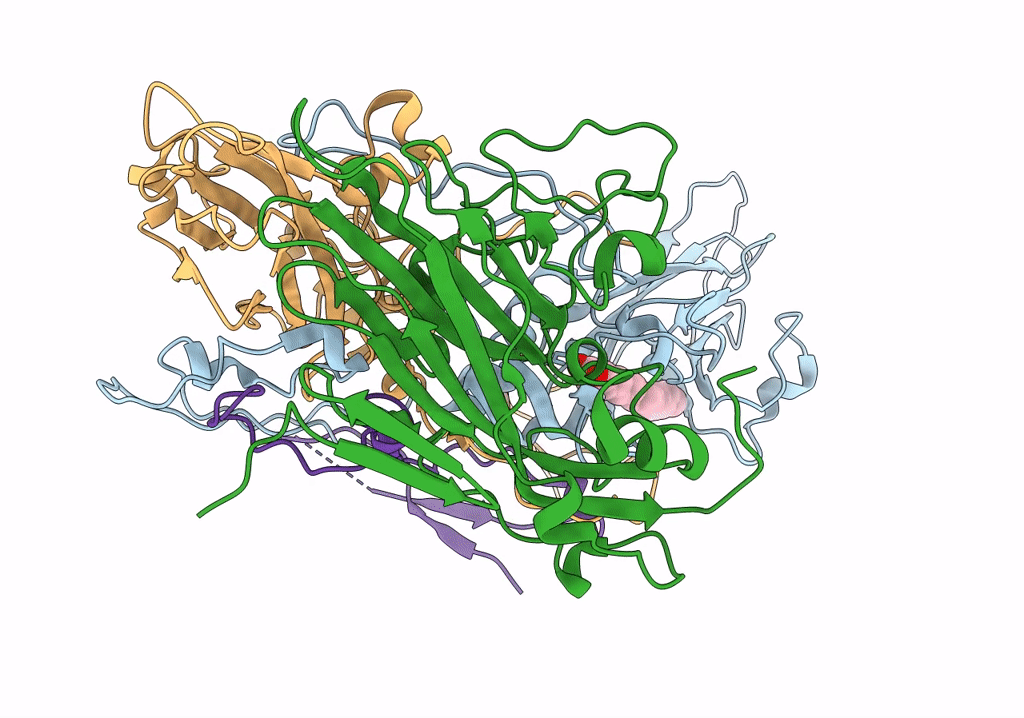
Deposition Date
2021-11-12
Release Date
2022-01-19
Last Version Date
2024-06-26
Method Details:
Experimental Method:
Resolution:
2.95 Å
Aggregation State:
PARTICLE
Reconstruction Method:
SINGLE PARTICLE


